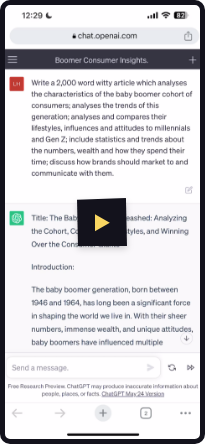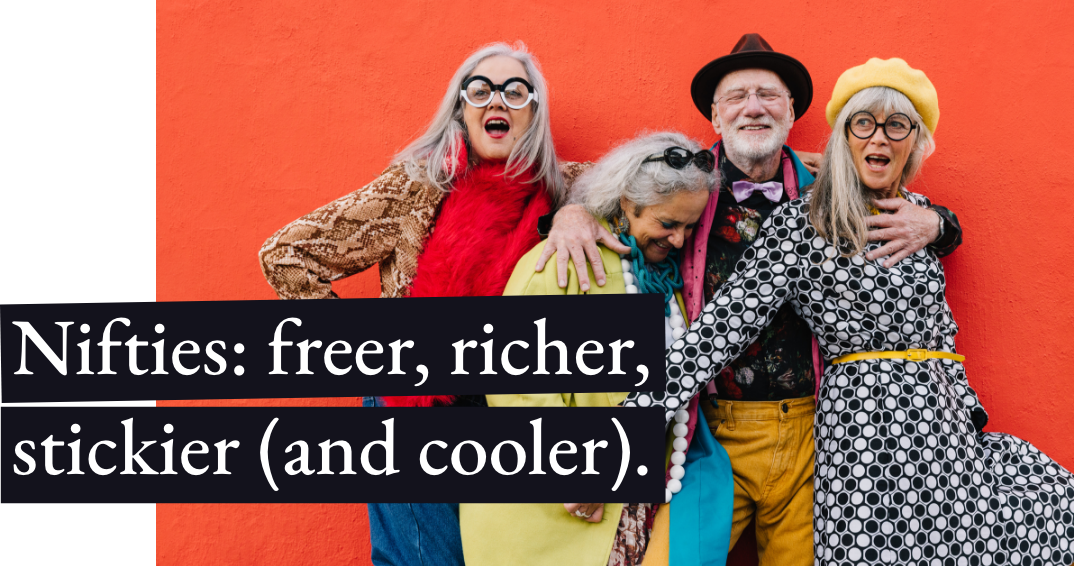
What do you call someone who is over 65 but not yet elderly? This stage of life, between work and decrepitude, lacks a name.
“Geriactives” errs too much on the side of senescence. “Sunsetters” and “Nightcappers” risk being patronising. Perhaps “Nyppies” (Not Yet Past It) or “Owls” (Older, Working Less, Still earning) ring truer.
Thanks The Economist
In this article, we talk about the opportunity for brands to market to the fastest growing, wealthiest and under-served proportion of the population, “the nifties”, AKA the baby boomers.
We look at their attitudes, hopes, dreams and fears. And we offer some ideas about how they want to be talked to (not at) and communicated with.
Who are you? I really wanna know.
(Thanks Pete Townshend, The Who)
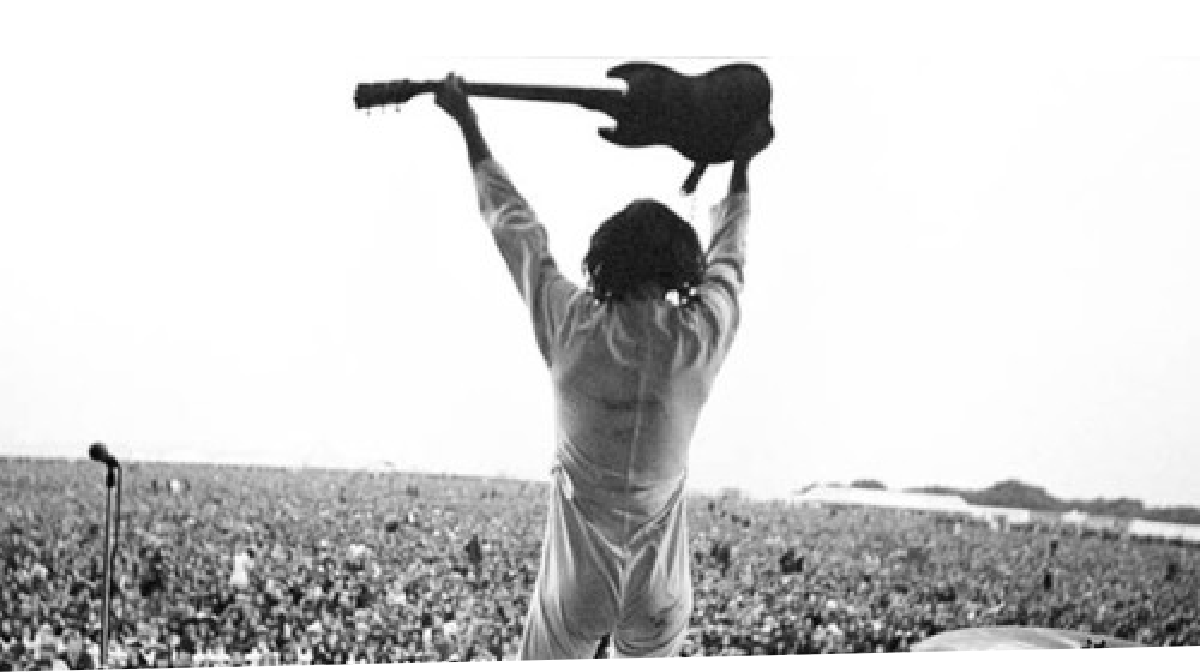
We thought it would be helpful to start with a definition:
> niftie
(‘nif-tee 🗣️ ℹ️)
NOUN
- Not intentionally fifty; person or persons (nifties, pl.) in their 50s, 60s or 70s who is/are unintentionally ageing: the cocktail bar was full of jiving nifties
- A person who, on the outside, may show gentle signs of ageing, but has a thirst for life, a glint in their eye and an energy to do more, be more and achieve more: I was surprised that the queue for the spin class was like, totally dominated by nifties
(deriv.) from the term nifty
> nifty
(‘nif-tee 🗣️ ℹ️)
ADJECTIVE
- attractively stylish or smart: a nifty outfit for the party
- very good; fine; excellent: a nifty idea
- substantial; sizeable: we sold our record player for a nifty profit
Money, money, money.
(Thanks Abba)
What also helps, is to understand the scale and untapped opportunity that our niftie generation represents.
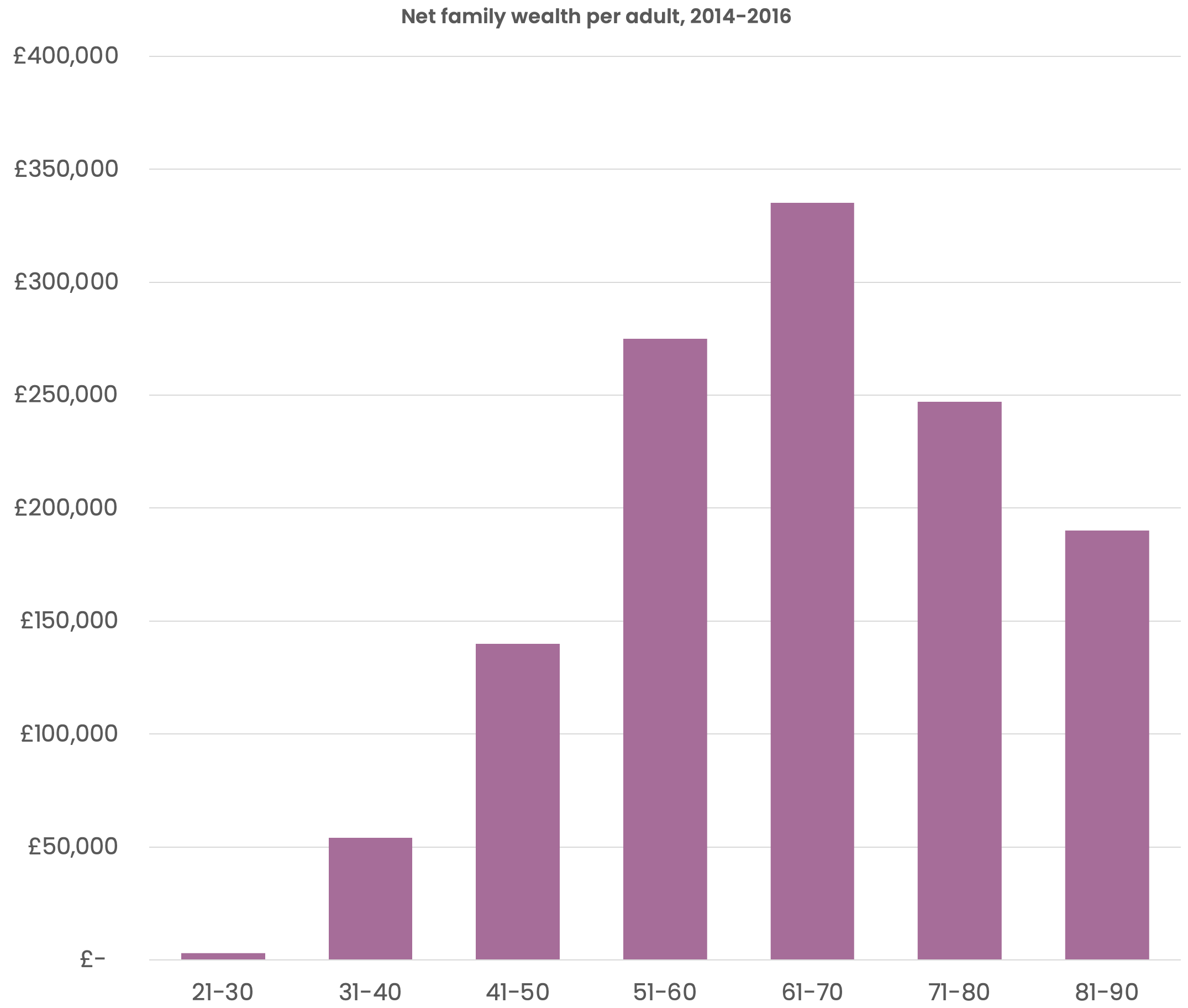
“Half the UK population are under 40 years old but they hold only about 15% of all financial assets. Comparing the financial and housing wealth of different age groups in 1995 and 2005 the Bank of England found that those aged 25 to 34 had seen their wealth fall, whereas those aged 55 to 64 had seen theirs triple”. (Thanks, Mintel)
“In Western Europe the over-60s will account for 59% of consumption growth in cities between now and 2030.”
Thanks Mckinsey & Company
Big Time.
(Thanks Peter Gabriel)
There are also an increasing number of nifties with time on their hands (to travel, explore, experience and to consume).
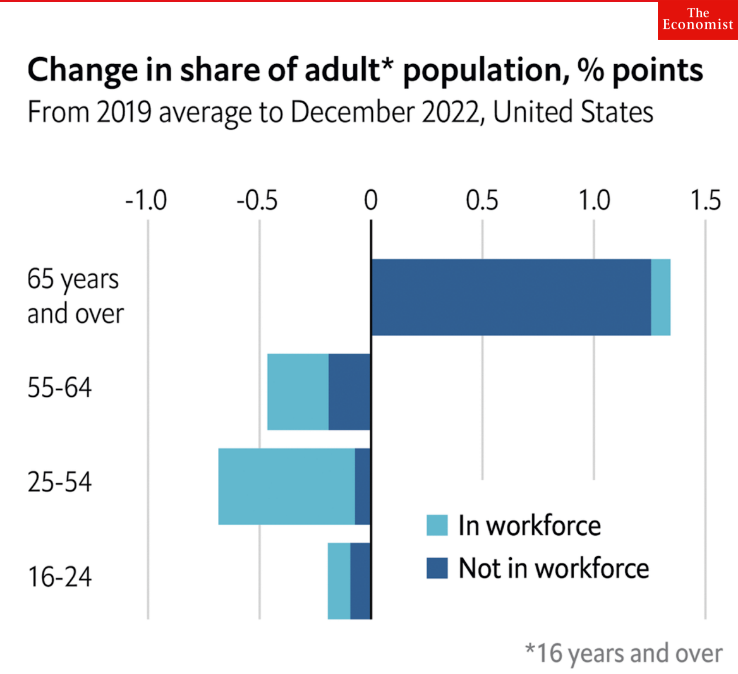
They are not chained to their desks or being a taxi driver for after-school football or Taekwondo training.
48% of over-55s say that flexible working hours would be most beneficial to their health, compared to only 35% of 16–24-year-olds.
Turn it on, turn it on, again.
(Thanks Mike Rutherford, Genesis)
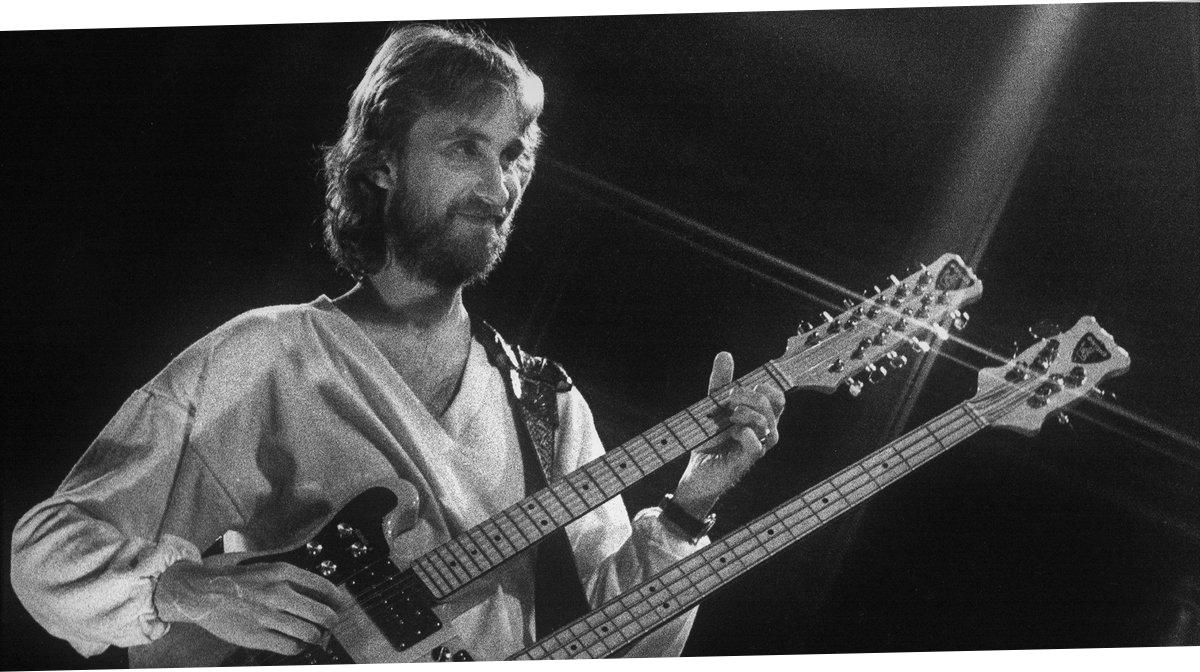
They’re also tech savvy.
In 2010, spending online by nifties surpassed other generations. The 46 to 64-year-old group now spends more money on technology than any other demographic, according to Forrester Research’s annual US benchmark tech study. They averaged around $650 spent on online shopping vs. Gen X ($581) and Gen Y ($429) over a three-month period.
“96% of baby boomers use search engines, 95% use email, and 92% shop for products and services online rather than shopping in stores and shopping malls.”
Thanks Forbes
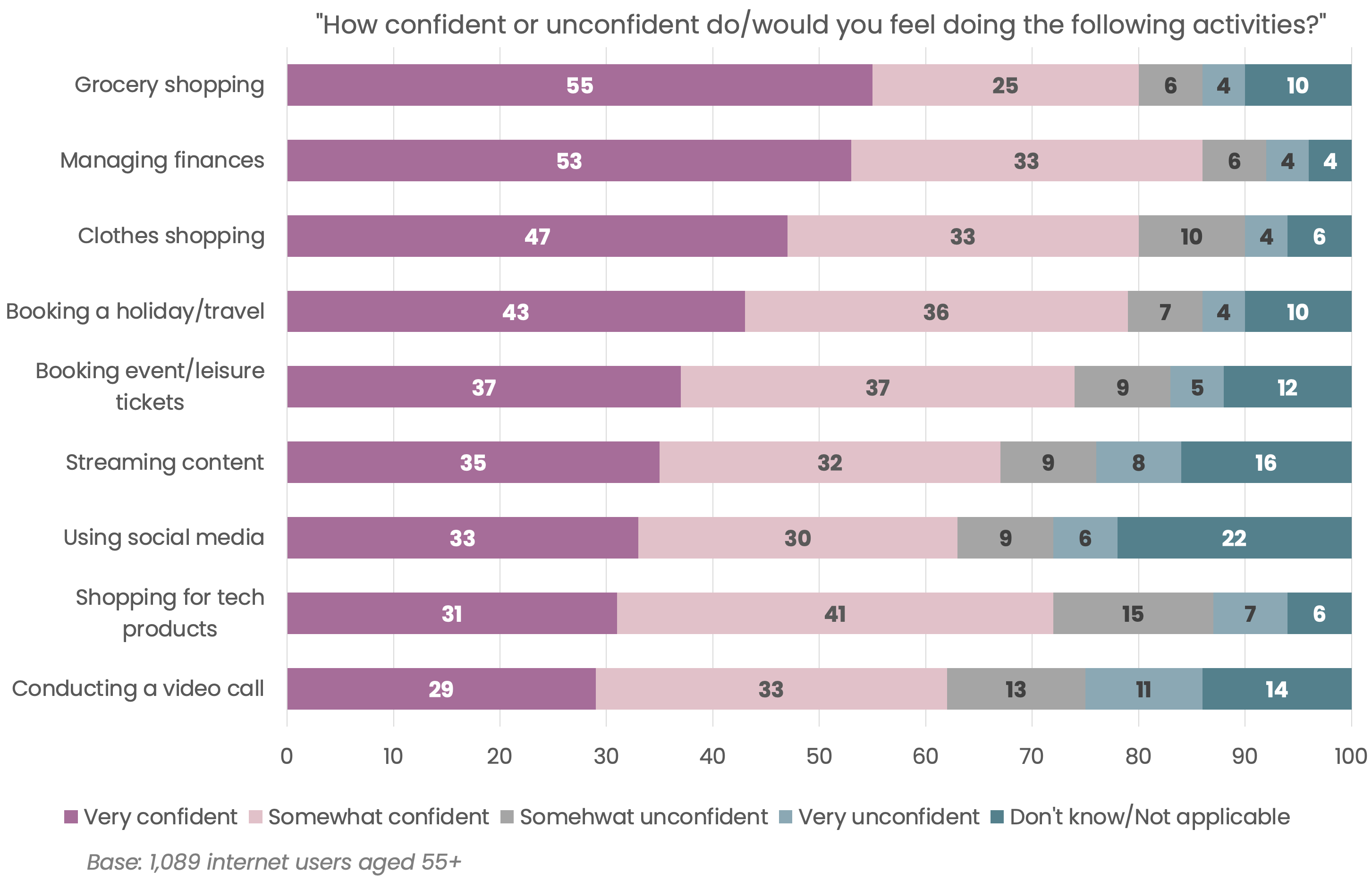
However they spend about one third of the amount of time of younger generations on their devices. This means your digital communications and content will need to be even more relevant and invoke curiosity.
(Mis)use, of subscription services.
And nifties appear to be stickier:
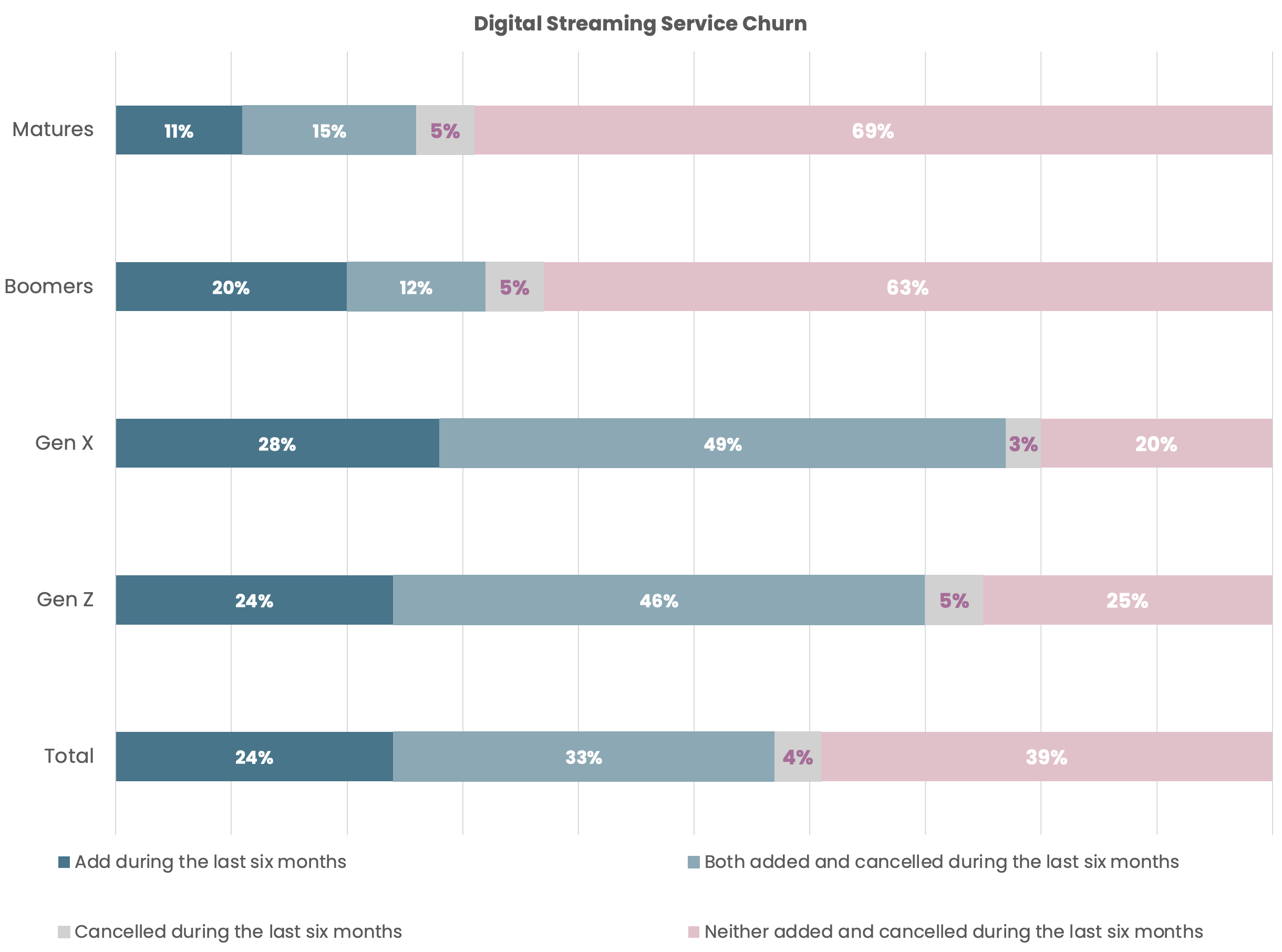
McCann (an ad agency) suggests that marketing campaigns consider perspectives of ageing as “a journey of limitless opportunities and personal growth” rather than “as a time of anxiety and uncertainty.”
Mother, an ad agency, surveyed 50,000 over 50s.
89% said they believed brands weren’t interested in them, and seven in ten said that when over 50s were featured, an outdated stereotype was frequently used.
The Generation Game.
(Thanks Bruce Forsyth)
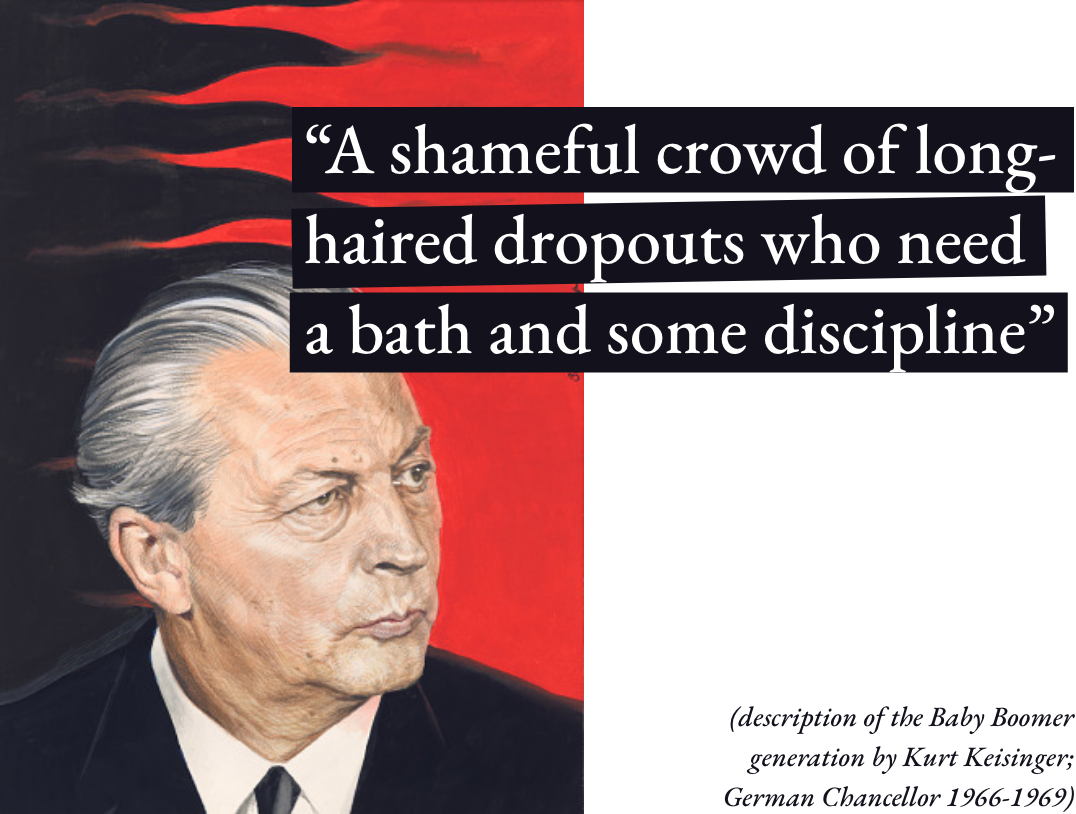
The “OK boomer” versus “Snowflake” generational war, between nifties and Gen Zs, we think has been a little overdone. And it doesn’t really help inform us in our ambition to build brand value and drive marketing performance.
But are the generational differences important, when it comes to your brand and communications?
You bet they are.
What matters is whether your formative years were defined by a world war, the Beatles, the Volkswagen Beetle, George Best, the jumbo jet, sexual liberation, the News of the World, David Bowie, David Hockney, David Hasslehoff and spaghetti bolognese.
As opposed to more recent cohorts, who’s formative years have been influenced by brands and trends like, Uber, Ryanair, smashed avo on toast, Insta, ghosting, gaslighting, Taylor Swift, David Beckham, David Tennant, David Guetta, decaf oat lattes, Buzzfeed, Deliveroo and rising temperatures (both of the planet and on social media).
Lastminute.com, Uber and Deliveroo (archetypal millennial brands) have never made a significant profit margin. Ever. And yet the obsessive pursuit of younger generations continues.

Nice to see you, to see you, nice.
(Thanks Bruce Forsyth)
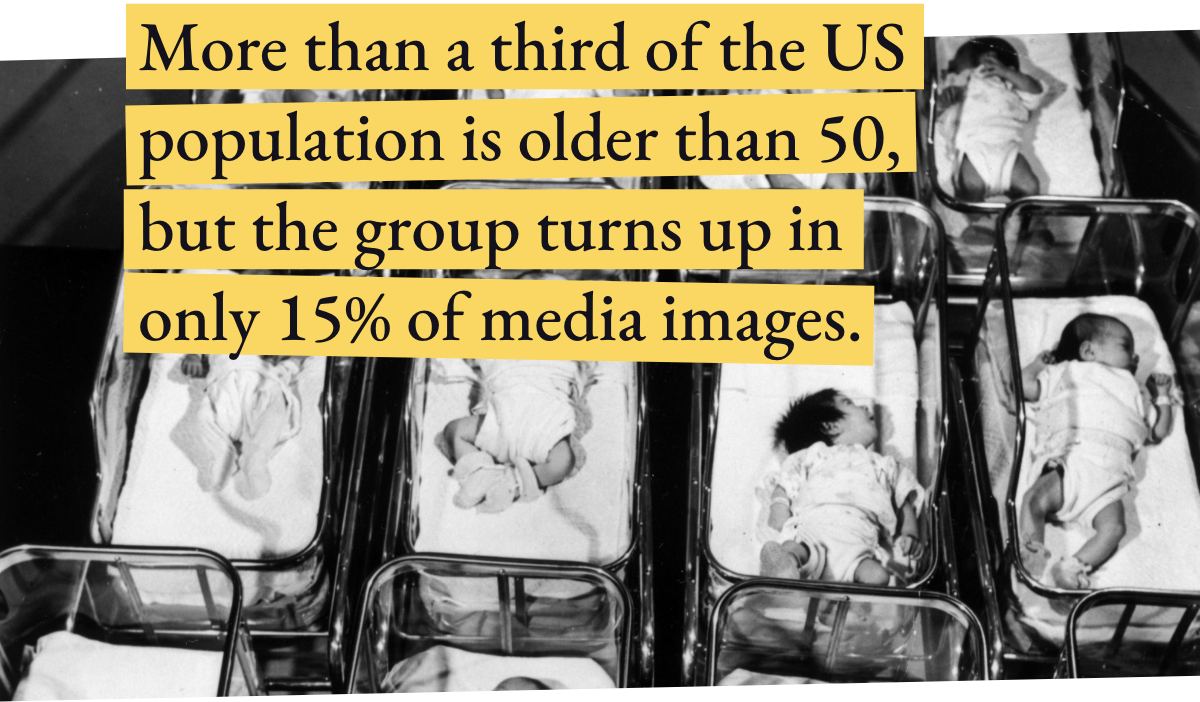
In a separate study, Ofcom found that 82 percent of people between 55 and 64 own a smartphone (up from 19% in 2012). Yet, less than 5 percent of images in advertising showed older generations handling technology.
In Britain, where the average age of advertising employees is not quite 34, only 6.2 percent of the workforce is 50 or older.
Thanks The IPA (Institute of Practitioners in Advertising)
When so much of the marketing and advertising industry is made up of younger generations, it’s more important than ever to listen to the demographic who aren’t afraid to speak their mind in the way of life experience, emotions, attitudes, wants and needs.
Don’t you want me baby?
(Thanks The Human League)
For many brands, it’s not a bad idea to have an eye on the future and invest in building long-term relationships with young people who will, theoretically become wealthier over time. But we also need to drive growth and ROI today. Marketing to nifties, for many brands, is a sure-fire way of driving higher margins, conversion and retention.
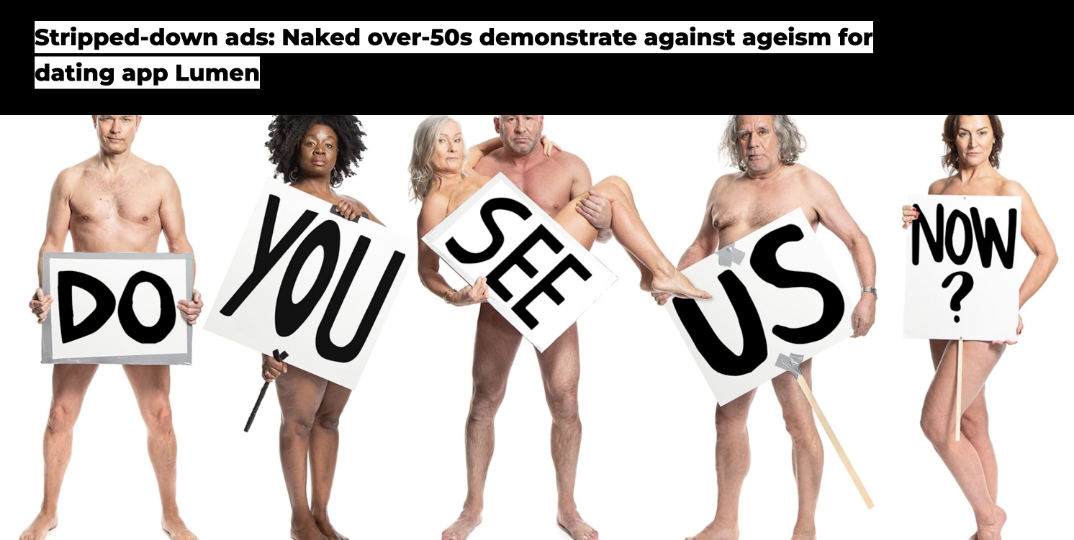
What is more baffling is the attitude of the investment community and the advertising industry in constantly asking how to attract millennials, Gen Y and Gen Z – on a daily basis inboxes in the marketing world are met with articles to the tune of “How to effectively talk to millennials”, “Get your Gen Z audience to open your emails” ad nauseum. But then ignore the over 50s.
Talk to me. Like lovers do.
(Thanks Annie Lennox, The Eurythmics)
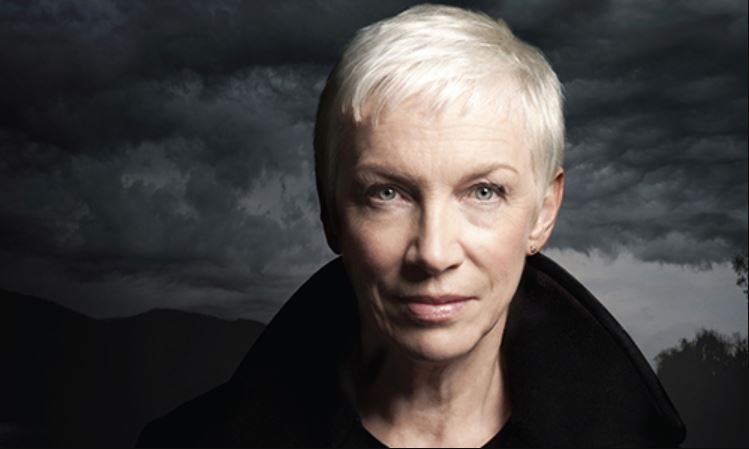
There are many examples of great brands that market highly effectively to nifties, including clients of addmustard like OKA and Mr & Mrs Smith.
How much of your brand positioning, creative thinking and media budget is properly inclusive of the over 50s?
For the research team at addmustard, qualitative data is like gold dust. We don’t just mean gaining subjective feedback, but taking the time to actively listen to people in 1-2-1 interviews and focus groups results in insight that simply cannot be derived from any other form of research. But we’ll talk more about that in our next article…
SunLife, selling not-exactly-sexy home insurance…
Don’t sweat the small stuff.
We ran a focus group recently to delve into the attitudes, emotions and feelings of nifties about this stage of life and their approach to ageing. This is what they said:
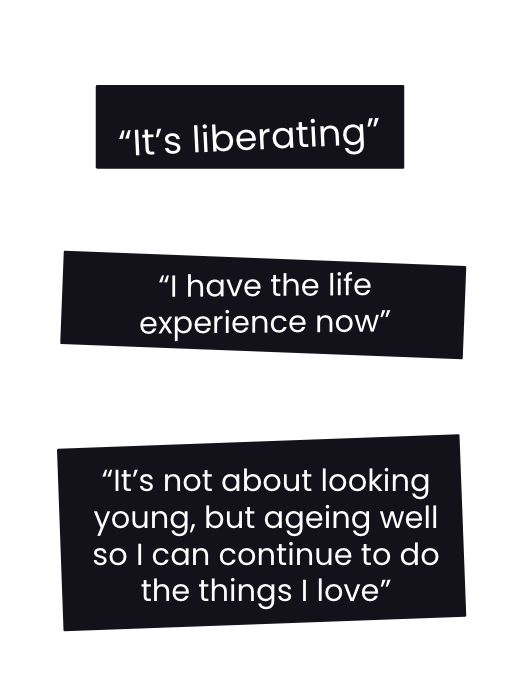
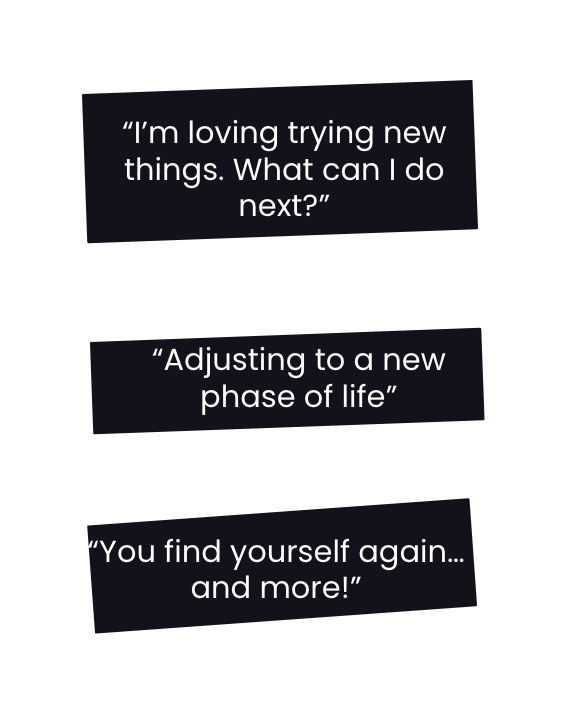
Nifties partied hard.
They worked hard.
They parented hard.
Now they want to enjoy their hard-earned savings.
To be celebrated and respected.
To live life to the fullest.
Nifties have time, money and attitude. A thirst for life. They want to feel alive, sexy and individual.
They’re curious and humorous, but not frivolous.
They can snigger at themselves and their foibles.
Get with the beat, Baggy
(Thanks Rudyard Kipling)
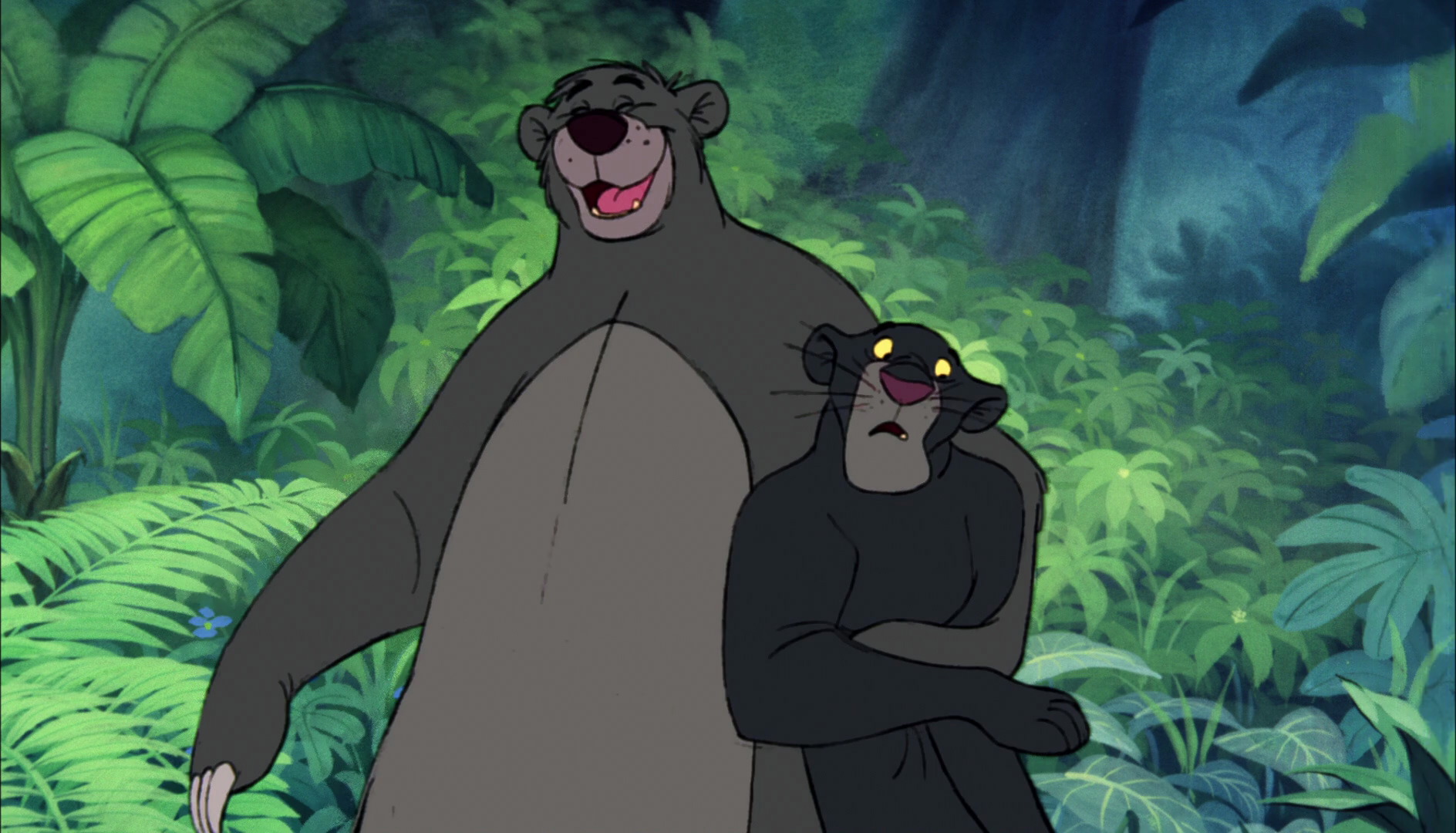
‘Wokeism’, while positively opening the eyes of some, has created a seismic cultural and generational divide in most societies.
Wokeism – the very term itself is derived from having ‘an active awareness’, which can work both ways. And when applied to the attitudes and needs of nifties, bridges the generational gap that has manifested in recent advertising and copywriting. And whilst not offending, this generic communication stirs the emotions of precisely no one.
Let’s create bold and brave brand voices that stand for something. Starting with a misunderstood cohort. Let’s write copy that reflects how nifties truly feel. Let’s inject some intelligence, wit and originality back into our marketing. It’ll be a highly profitable choice (as we explained earlier).
Or some might say, a nifty choice.
addmustard are well versed in creating ads, content and marketing campaigns for nifties: after all, a few of the team grew up on positively cosmopolitan spag bol and saving up for their first David Bowie 45s.
Give us a call (or send us a fax). Or you could ask ChatGPT (but we suggest you read our previous article on it first. Then call us anyway).
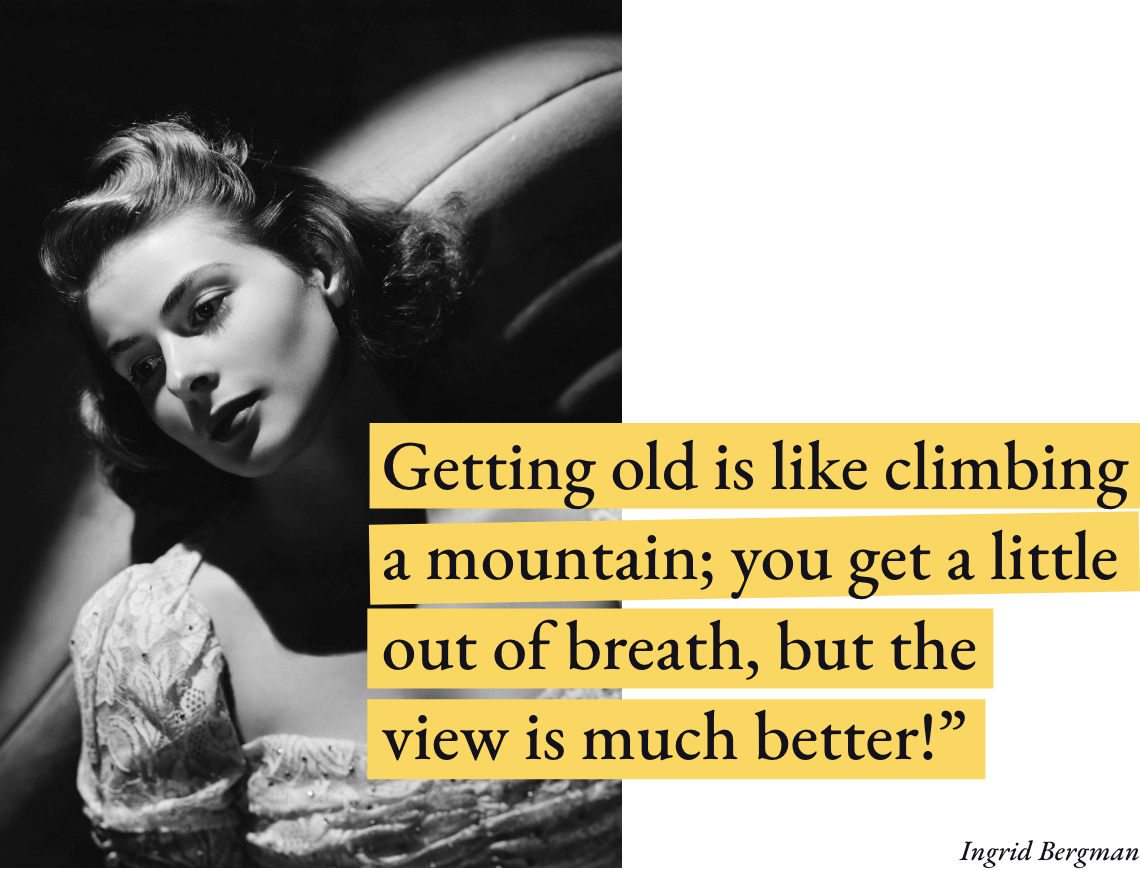

Last month, we wrote about the impact and potential of generative AI on economies and industries (if you missed it, you can read it by tapping or clicking on this link: A fool with a tool is still a fool).
We included a video of ChatGPT 3’s version of that same article. By popular demand, we have included a video of this article about nifties, using ChatGPT 4.0. We can see significant improvements in depth, breadth and interpretation from the new version. But our honest assessment: it still has someway to go and we are not worried about AI bots wiping out the human genus!
And here is the text version of the ChatGPT instance of this article:
# Understanding Baby Boomers: The Power of the ‘Silent Generation’
As businesses embrace digital disruption and shape strategies to engage with the modern consumer, one crucial demographic is often overlooked – the ‘Baby Boomers’. Representing 70 million potential customers in the United States, this generation holds the majority of the nation’s wealth. Yet, they remain an enigma to brands fixated on capturing the hearts and wallets of Millennials and Gen Z.
## Who are the Baby Boomers?
Born between 1946 and 1964, Baby Boomers experienced one of the most transformative eras in human history. They witnessed the prosperity of the post-war period, the Civil Rights Movement, the Space Race, the Vietnam War, and the early days of the internet. These experiences make them a diverse and multifaceted group with unique attitudes towards consumption, technology, and communication.
## Baby Boomers vs. Millennials and Gen Z
One way to understand the Baby Boomer’s unique consumer habits is to contrast them with the younger generations. In 2023, the youngest Boomers turned 59, while the eldest touched 77. In contrast, Millennials (born 1981-1996) are in their late twenties to early forties, and Gen Z (born 1997-2012) are just entering their young adult years.
These generational differences are reflected in their values and spending habits. In a 2022 survey, 67% of Baby Boomers prioritized ‘value for money’ when purchasing, compared to 54% of Millennials and 48% of Gen Z. This practical approach to purchasing indicates a less impulsive and more deliberative shopping style among the Boomers.
While Millennials and Gen Z are renowned for their tech-savviness, Baby Boomers are not digital dinosaurs. According to the Pew Research Center, as of 2021, 68% of Boomers owned a smartphone and 71% used the internet daily. It’s important for brands to recognize this digital literacy in Boomers while understanding that their online behavior differs from their younger counterparts.
## Boomers: A Wealth of Opportunities
Baby Boomers control over 50% of the total US wealth, amounting to over $30 trillion as per a report by the Federal Reserve in 2020. They spend approximately $3.2 trillion annually, offering a massive opportunity for businesses ready to tap into this market. AARP reports that Boomers outspend other generations by an estimated $400 billion each year on consumer goods and services.
The spending power of Baby Boomers extends to all sectors. Travel, healthcare, and luxury goods are areas of high spending, but their influence doesn’t stop there. Boomers also contribute significantly to sectors traditionally associated with younger audiences, like technology and sustainable goods.
## Engaging with the ‘Silent Generation’
So how can businesses tailor their strategies to capture this audience? The answer lies in understanding their characteristics and lifestyle.
One of the defining characteristics of Boomers is their demand for authenticity. They value straightforward, honest communication without the fluff. In the age of digital advertising, businesses can leverage this by providing detailed product and service information to reassure Boomers of their purchases.
Unlike the attention-hopping Millennials and Gen Z, Boomers are more patient. They appreciate well-structured information and are willing to spend time understanding what they are buying into. Brands must consider this when developing their communication and marketing strategies.
Further, businesses should also recognize the offline behavior of Boomers. Even though they’re not averse to technology, they still value human interaction in their purchasing journey. Providing excellent customer service, both online and offline, is paramount.
The idea of ‘retirement’ has evolved with Boomers. Rather than settling into sedentary lifestyles, they are redefining what it means to age. Travel, education, and fitness are all high on their agendas. Brands can tap into this market by offering products and services that align with their active and engaged lifestyles.
Finally, Boomers are also driven by social responsibility. Brands that showcase their commitment to ethical business practices and societal contributions will resonate with this socially-conscious generation.
## Conclusion
In the rush to capture the attention of digital natives, businesses risk overlooking the goldmine that is the Baby Boomer generation. They may not always be on TikTok or Instagram, but with the majority of the nation’s wealth and a willingness to spend, they represent a significant opportunity for businesses savvy enough to understand and meet their unique needs.
Whether it’s offering authentic communication, embracing a blend of digital and traditional marketing strategies, or aligning with social causes, businesses that can cater to Baby Boomers stand to gain immensely. After all, the ‘Silent Generation’ has much to say, and more importantly, much to spend.




